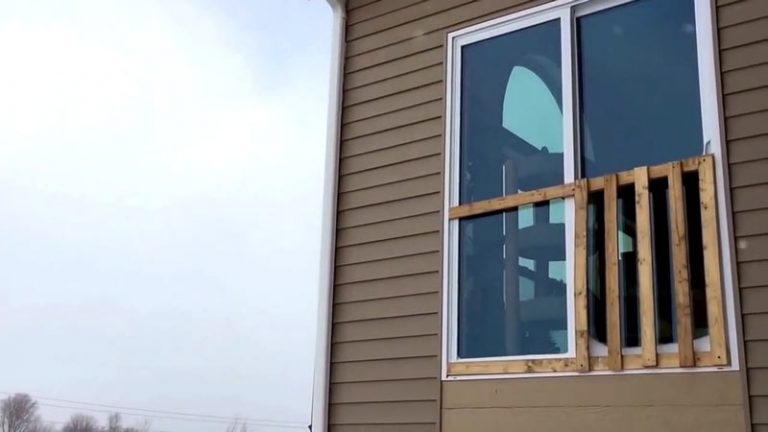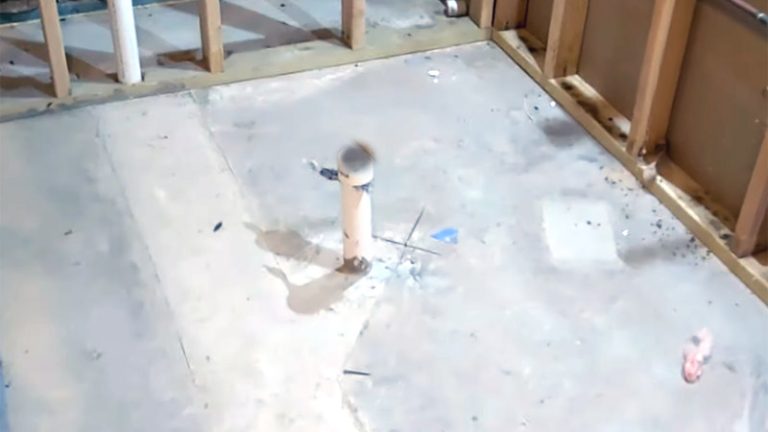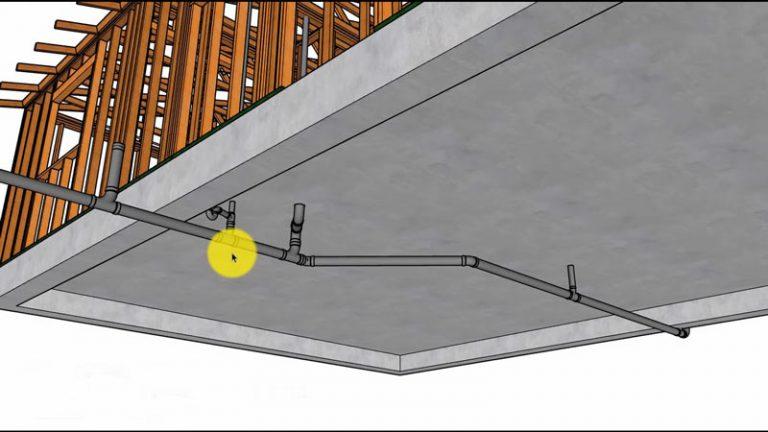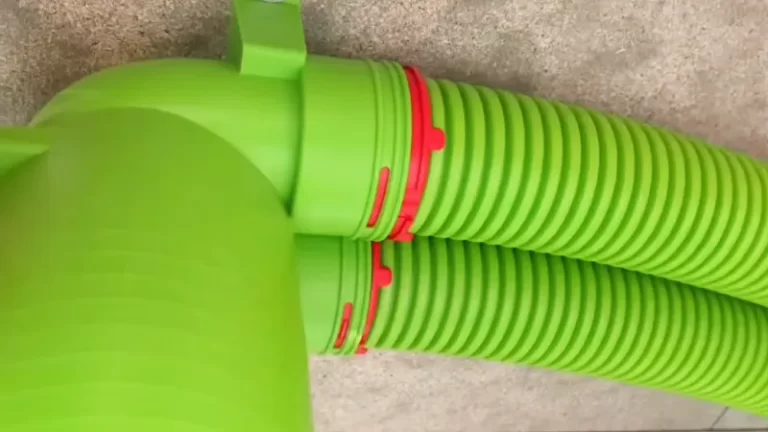What Is The Difference Between Vent Stack And Stack Vent
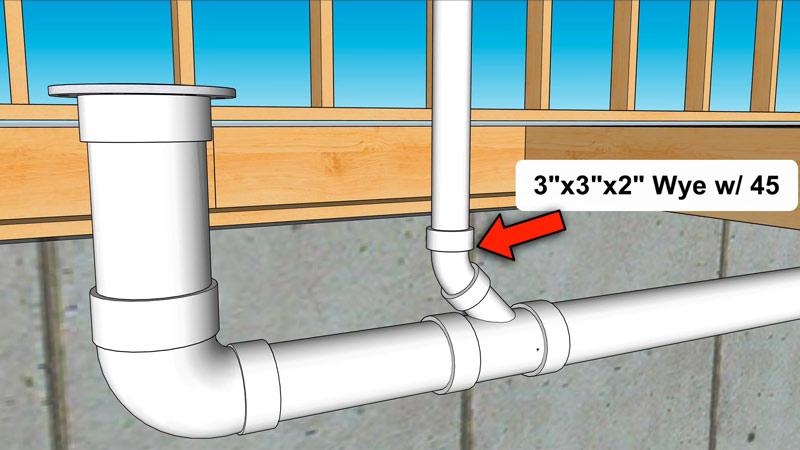
Vent stacks are primary vents and can be used for both drainage and venting purposes in a plumbing system. You should accept connections from other vent stacks when installing a plumbing system as this will allow you to connect more fixtures efficiently.
A vent stack is also known as an exhaust stack, which is mainly used for ventilation purposes but can also be used for water cooling or heating systems in some cases too. Primary vents are the most common type of vents found in many homes. These provide efficient airflow through your home’s plumbing system while avoiding obstructions along the way.
You'll Learn About
What is a stack vent?
A stack vent is a type of ventilation system that helps improve airflow and reduce exhaust fumes and particulates. When you drive your car, the engine produces hot gases and smoke.
This smoke can accumulate over time, causing problems with your car’s performance and safety. A stack vent allows these hot gases to escape from the engine without sending them into the atmosphere.
This reduces smog levels in the air, making your car more efficient and improving its overall performance
Stack Venting Allows Fixtures To Be Vented
Stack vents allow fixtures to be vented through the soil or waste stack.
This system is typically used to provide ventilation in drainage systems, but it can also be used to allow the airing of areas within a drainage system. When installing stack vents, make sure that you are only using an experienced professional. Poor installation can result in costly repairs and even lost business.
Ventilation in drainage systems
Stack vent systems are designed for use with drainage networks and other structural applications where airflow needs to be controlled or restricted. They work by allowing air pressure from outside the structure to enter and exhaust out through the stack pipe, which helps prevent moisture build-up and deterioration of equipment inside the building enclosure.
Stack vents can allow the airing
Stack vents can also be useful for providing airflow into enclosed spaces like tunnels or storage tanks while preventing water ingress. By opening up these confined spaces, fumes and contaminants will escape while maintaining humidity levels inside the area.
What Is The Difference Between Vent Stack And Stack Vent?
A vent stack is a plumbing system component that provides ventilation and drainage for your home. They are also often used to connect other vents in a plumbing system- this allows you to accept connections from other vents, which can be useful for both drainage and venting purposes.
Primary vents can be used for both drainage and venting needs, depending on the application at hand. When choosing a primary vent, make sure to consider the type of connection it will need as well as its location in your plumbing system. Finally, always consult with an experienced professional when installing or maintaining a vent stack
Vent Stack Is Primary Vents
Vent stack vents are a primary type of ventilation found in many homes. They provide more efficient airflow and can be used to cool or heat your home depending on the model chosen.
Stack vent models allow for greater flexibility when it comes to placement, which is beneficial if you have an odd-shaped home or want to customize the look of your ventilation system.
Both types of vents come with warranties, so make sure to choose one that meets your needs before making a purchase decision. If you’re unsure about which type of vent will work best for your home, consult with an expert who can help guide you through the selection process
Accept Connections From Other Vent Stacks In A Plumbing System
Vent stack venting systems are composed of multiple vents that can be interconnected to allow air to flow freely through the system. Stack venting systems, on the other hand, have a single central opening and use tubes or stacks of small openings to allow air in and out.
The benefits of using a stack vent system include increased airflow and easier maintenance because all the components are located near each other. One disadvantage to stack venting is that it may not provide as much ventilation as a vent stack system if there are obstructions in the path of airflow (for example, furniture).
When selecting a plumbing system for your home, make sure you choose one with a vent stack or stack venting capabilities so you can connect them together easily
Used For Both Drainage And Venting
Vent stack vents are used for drainage and venting purposes. They have a smaller diameter than stack vents, making them better suited for tight spaces. Stack vents are larger and can be used to exhaust air or gas from buildings or rooms.
Both types of vents come in different sizes and varieties, so you can find the perfect one for your needs
Primary Vents
Vent stacks and stack vents are two common types of primary ventilation systems used in many homes. A vent stack is made up of several individual vents that can be opened and closed individually to control the amount of air entering or leaving a room.
A stack vent consists of one large opening at the top that allows air to flow freely through the system without restriction from smaller openings below it. The size, shape, and placement of each type of vent will vary depending on your home’s specific needs and layout.
Understanding which type of ventilation system is best for your home is an important first step in making sure you’re protecting yourself and your family from harmful smoke inhalation conditions
Is the main stack also a vent?
The main stack is an important part of a car’s engine. It helps send air and fuel into the cylinders, and it also acts as a vent for heat and smoke. However, if this part becomes damaged or malfunctioning, it can cause all sorts of problems with your car.
A vent stack is a pipe that runs up through the roof of your house. The main stack is where all of the water going out of your house goes. When you have a drain cleaning, they will remove the vent stack and inspect it for any issues.
If there are any problems with the system, they’ll fix them by replacing or repairing the vent stack.
How do you identify a vent stack?
To identify a vent stack, look for the Vent Pipe and check to see if it’s open. In order to inspect the drainage pipes nearby, you will need to climb up on the roof.
If necessary, call a professional in order to confirm that the vent is functional and complies with local building codes.
What is a stack in the attic?
A stack in the attic is a Vertical Pipe Connected to a Home’s Drainage System that Runs Through the Attic and Discharges Above the Roof. The material of the vent stack is similar to that of the draining pipes, which means it can be used to remove air from your house.
Vent stacks are also known as drain stacks or roof vents, and are often used to remove air from an attic space before installing insulation or other materials there. They’re also handy for removing water droplets or snow when there’s been an unexpected rainstorm.
How many vent stacks does a house need?
The size of your house and the number of rooms determines how many vent stacks you will need. Your main vent stack should be located closest to the building, while the other vents should be spaced at least 10 feet apart from each other.
Each separate connection to your sewer or septic tank requires a separate vent stack. Make sure that your house is far enough away from any neighboring buildings for proper ventilation
What is the difference between a soil stack and a waste stack?
A soil stack is a type of pollution control device that helps reduce the number of particles and gases released from a plant or factory. A waste stack, on the other hand, is used to collect materials that have been discarded or left over from manufacturing processes.
A soil stack is a system used to collect and control pollutants from an environment. The main purpose of this system is to capture and store the pollutants before they can harm the environment or people. A waste stack, on the other hand, is a system that helps to process and dispose of hazardous materials.
This type of system helps reduce environmental pollution by destroying harmful substances safely and efficiently. Soil stacks are typically used in areas where there are high levels of air or water pollution. Waste stacks are often used in places like factories, ports, airports, etc. because they help improve safety and efficiency while reducing emissions into the atmosphere.
Soil stacks work best when paired with technologies such as scrubbers and flotation devices which help remove pollutants from the stack’s airstream before it leaves the facility. There are two types of wastes that a soil stack can be used to process
- organic waste (waste composed mainly of plant material)
- inorganic waste (waste composed mostly of non-plant material)
Both types of waste each have their own unique set of requirements when it comes to storage, handling, collection, and disposal.
To Recap
A vent stack and a stack vent serve similar purposes in plumbing systems, but they are not the same. A vent stack is a vertical pipe that allows air to enter the plumbing system, preventing water traps from being siphoned. On the other hand, a stack vent is an extension of the waste stack that vents gases out of the system. Understanding these differences is crucial for proper plumbing design and maintenance.
If you’re working on plumbing projects, you might also want to explore whether SA water faucets are a good choice for your home. Their durability and performance can make a significant difference in your plumbing system’s efficiency.

